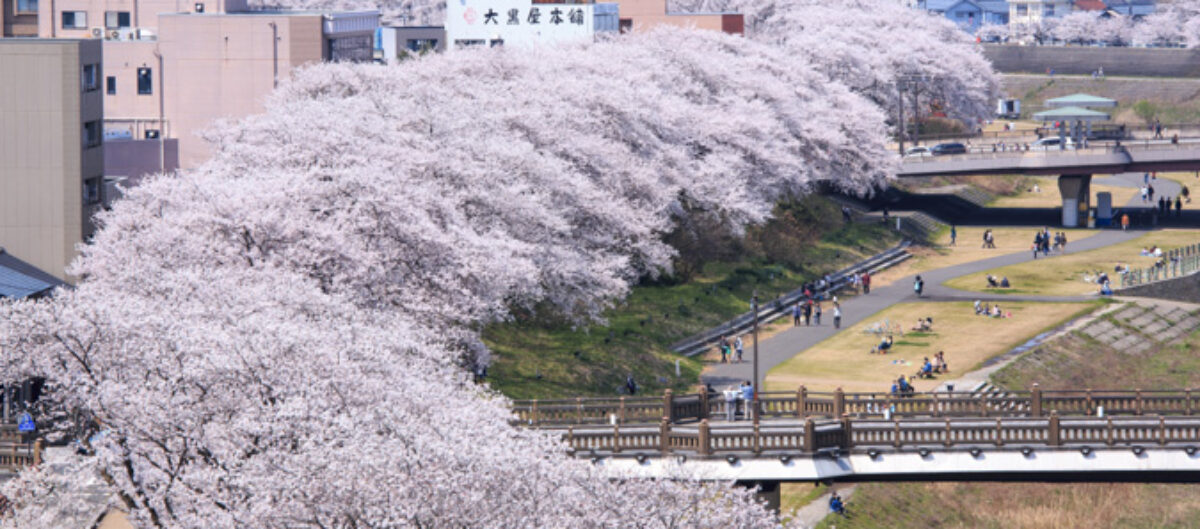




November/18/2018
Today I went to Takefu, Fukui Prefecture, Japan, to see an exhibition of Chihiro Iwasaki’s paintings and the artist’s birthplace(Chihiro’s Birthplace Memorial Museum). She was born 100 years ago.
Chihiro Iwasaki was a Japanese artist and illustrator for children. This was my first time to see her paintings at an exhibition.
I noticed two things about her paintings. One is that she only painted the important elements of scenes—in other words, there was a lot of white space in her paintings. The other is that she used watery colors.
Iwasaki was born in 1918 in Takefu, Japan, and the following year her family moved to Tokyo. She liked painting, and when she was a child, she often drew pictures on the road. When she was 14 years old, she began to learn painting from a teacher.
Her father was an architect and her mother was a teacher.
Chihiro was a calm and kind person, and she never raised her voice in anger. Her son Takeshi later wrote that she’d been a really kind mother and had never scolded him.
She admired Kenji Miyazawa, who was a Japanese poet and author of children’s literature. Miyazawa was a Buddhist and believed that all living creatures are brothers and sisters. Iwasaki often talked to her son about how wonderful Miyazawa was.
Some of Iwasaki’s illustrations were used in the book Totto-Chan: The Little Girl at the Window. The book sold more than eight million copies in Japan and became the number-one bestseller in Japanese history. It was translated in 35 countries and sold more than 10 million copies in China.
The author, Tetsuko Kuroyanagi, later wrote that when she’d begun to write the book, she’d been eager to use Iwasaki’s illustrations.
When I read the book, I thought that the story and the illustrations matched unbelievably well.
I used to wonder why Iwasaki did so many paintings of children. Her husband Zenmei wrote that she’d liked children very much. Whenever she saw children on trains, she took out a sketchbook and drew them. By nature she liked drawing them.
I think that Iwasaki’s paintings make the world a better place.
—–Chihiro’s Birthplace Memorial Museum Information—–
Official website in Japanese: https://chihironoie.jp/
Open: 10 a.m.-4 p.m.
Closing days: Every Tuesday (or the following day if it falls on a national holiday), year-end and New Year’s holidays.
Admission fee: 300 yen (free for high school students and younger).
Access: A 10-minute walk from JR Takefu Station
↑↑ This is Chihiro’s birthplace(Chihiro’s Birthplace Memorial Museum).
(References):
「いわさきちひろ」(KAWADE 夢ムック)(監修:ちひろ美術館)(河出書房新社)
「いわさきちひろ」(松永伍一)(講談社)
「ちひろさんと過ごした時間」(監修:ちひろ美術館)(新日本出版社) 「いわさきちひろ 子供への愛に生きて」(松本猛)(講談社)
